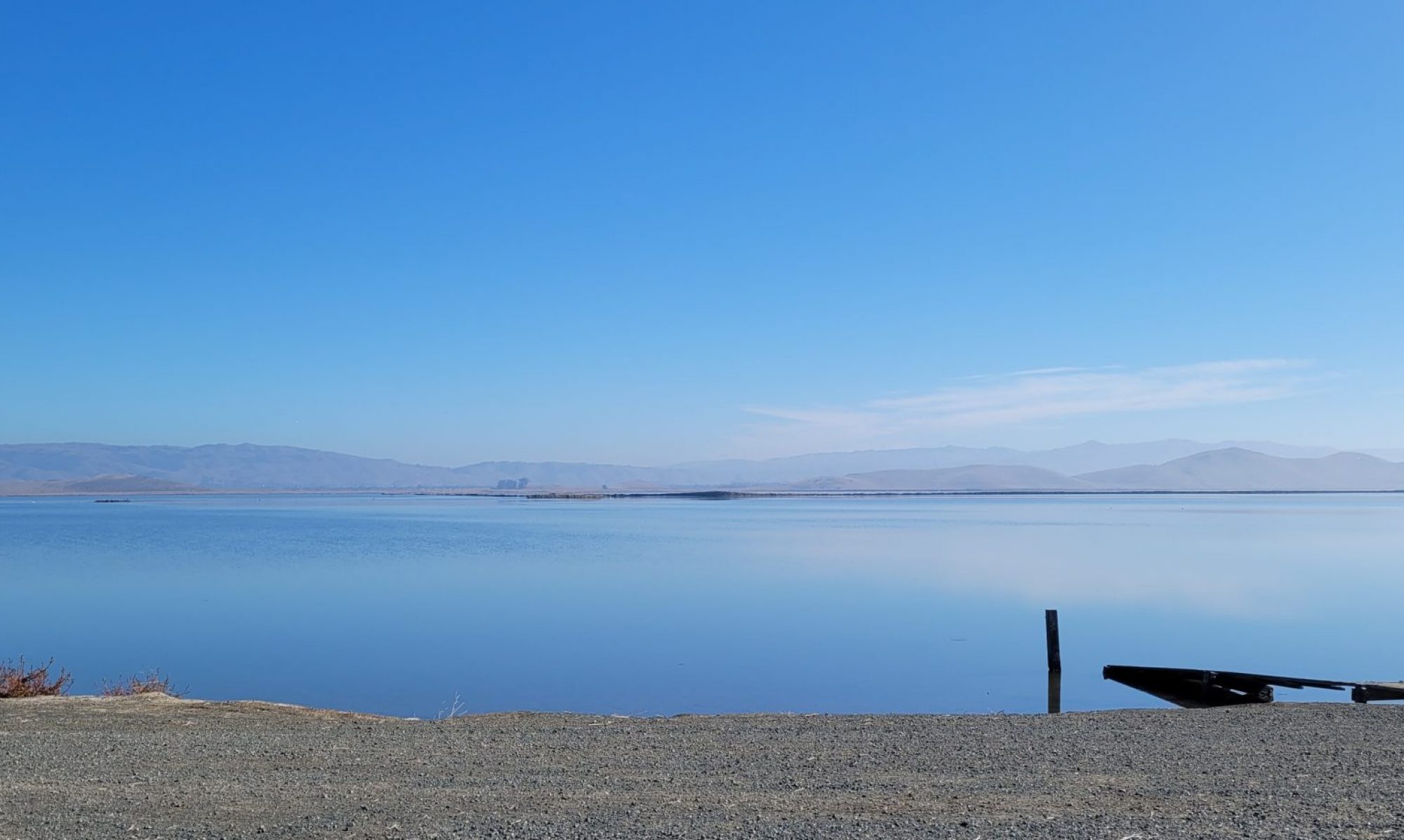
Cloth is so integrated into our lives that it barely gets noticed. Of course, we’ve always had cloth, fabric, haven’t we? Didn’t cave people wear loincloths or rags? Not exactly. Even rags are woven. Whether it’s linen, silk, wool, felt, or cotton, fabric is a manufactured item requiring thread and some complex way of winding the thread so that it stays together.
We need to start with a bit more of a history lesson on clothing in order to get to fabric. It turns out we also need to understand a little about bugs. Then, we need to be clear about what a fiber is. As for when and where, that depends a bit upon the weather, access to specific “crops,” and technology. The global textile industry now is highly competitive, but that competition also is millennia old. So, let’s review:
- A core definition of “fabric” as opposed to “clothing”
- Where and when it happened first “around the world” — a lively debate of “firsts”
- How it influenced human development — not everyone followed the same path



